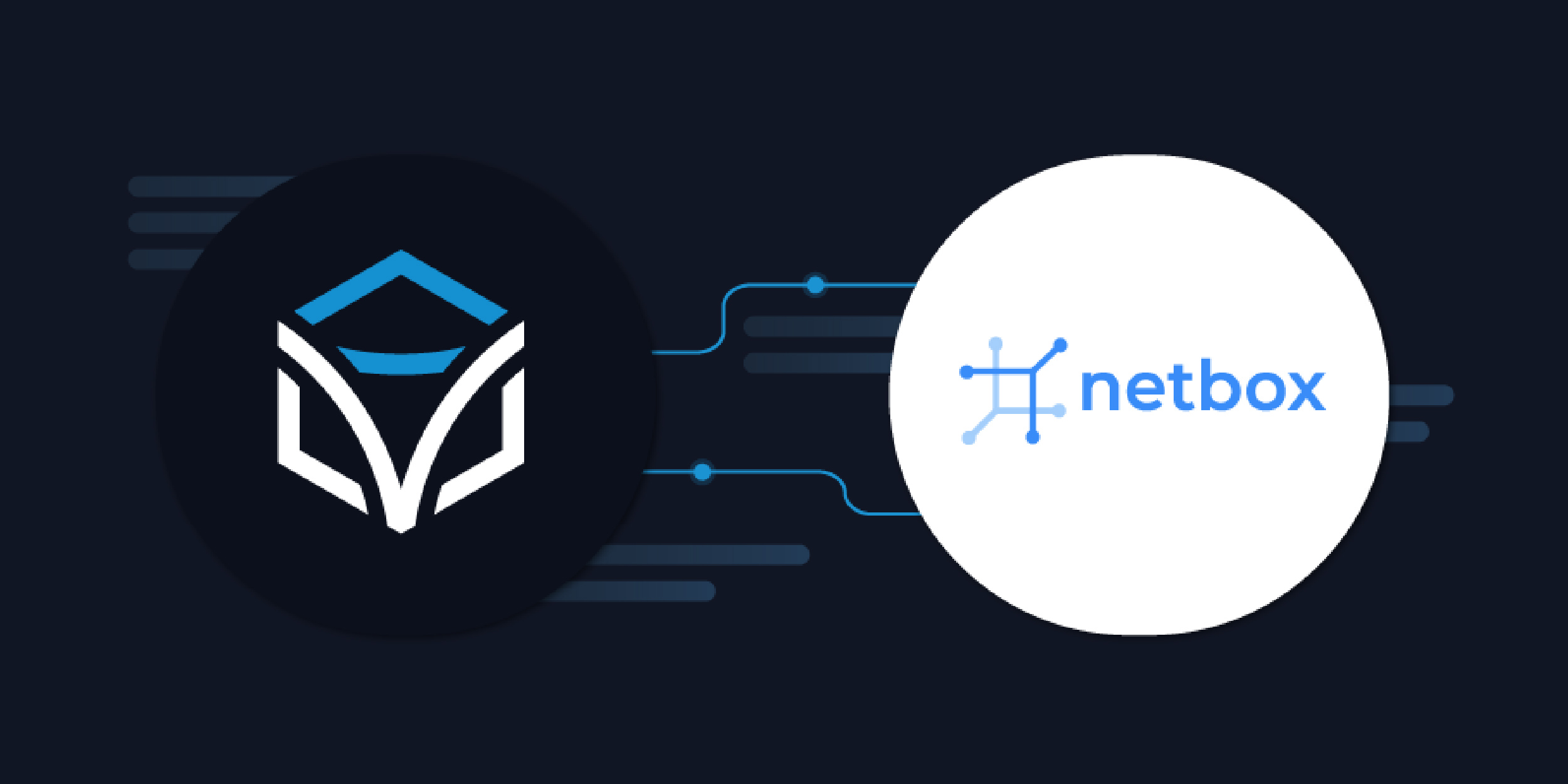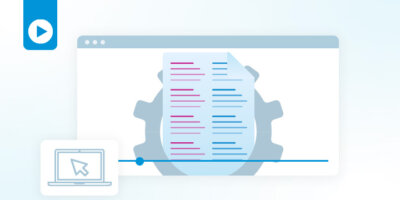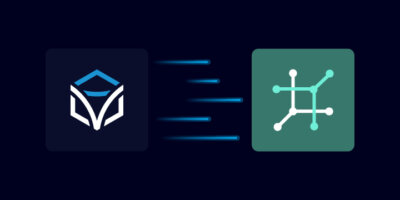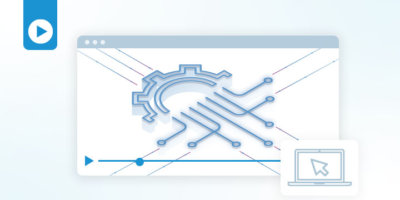When was the last time you took part in a scavenger hunt? Take a moment to mentally riffle through those dusty pages in your mind, because if you’re like me, you’ll have to go back a while to find that memory. While not often played nowadays, the game of scavenger hunt involves multiple teams of people focused on tracking down various items on a list within a certain time frame, with the winning team decided by who gathers all the items first (without cheating), or by which team has collected the most item on the list (also, without cheating). I’ve always loved playing this game, because who doesn’t love a good “treasure hunt” that involves fast thinking, speed, and winning! Almost like having your own Goonies adventure.
While scavenger hunts are fun when you play with nothing on the line but the sheer joy of winning, it’s not as fun when your network is on the line. Most IT processes follow a similar process of scavenger hunting that happens daily. Instead of a list of random arbitrary items, IT and network teams have a list of items of data they must retrieve from various sources —applications, controllers, databases, ITSM tickets, or even spreadsheets, text files, and sticky notes. There’s a race against time because delays in gathering the data cause delays in making changes to the infrastructure, which ultimately results in an application or service not working and impacts the business in some meaningful, tangible way.
Winning in this case simply means completing the data gathering tasks and making the necessary changes, and the reward is being asked to do the same thing over, and over, and over again because the rate of change is incredibly high in today’s IT infrastructure. The people with the most experience in this form of data gathering scavenger hunts are most likely the network team which severely hinders automation because good, reliable network automation requires good, reliable data that can be accessed quickly and programmatically.
Eliminate Data Gathering Scavenger Hunts by Integrating NetBox with Network Automations
Luckily within the last 5 years, the networking industry is progressing to help network teams move away from the manual, scavenger hunt method of gathering data and providing them an organized, coherent, and efficient place to store and maintain that data with a better ecosystem of commercial and open source applications. One of these applications that we see in use with many customers is NetBox, an open source application which focuses on helping network teams manage the utilization of IP addresses across the network, and modeling and managing data center network infrastructure — both tasks are highly important, very complex, and require lots of data.
Having a central “source of truth” to find all of this data has been a valuable asset that helps network teams move more quickly in their process to make changes to network infrastructure. But what makes NetBox even more useful, in light of automation, is their ability to store and retrieve that data quickly using a well planned and executed API interface.
This provides the ability for automations to access this vital data quickly and efficiently directly from NetBox, freeing the network team from manually providing these necessary inputs, before automating network changes. This is an important insight, because so many of our customers initially limit their view of network automation to solely making network changes to devices, without actually considering where the data comes from that’s needed to make those changes. Previous to an application like NetBox, that data came from spreadsheets, text files, or from the mind of the most seasoned network engineer, which makes gathering all this information time consuming, prone to error, or downright impossible (there’s no good interface to someone’s mind, yet — I’m looking at you Neuralink).
Getting that data out of legacy tools and into a modern application like NetBox is a big win for organizational efficiency and a huge win for your automation strategy, allowing your network team to expand their view of automation to now include the data gathering process, without having to go on a scavenger hunt for it.
How to Leverage Multiple Sources of Truth
Along with accessing NetBox as source of truth, it’s also important to consider a few more important points when it comes to getting the most out of your automation and orchestration initiatives. Applications and services are increasing the rate of network change across multiple network domains, which means your automation solution must have the ability to consult multiple sources of truth and if necessary, manipulate that data so it can be utilized for changes across multiple network domains.
If an application requires network changes across the on-prem data center, cloud infrastructure, and security devices then your automation may need to consult three different sources of truth for the data needed, not just NetBox, to make infrastructure changes across those three different network domains. If your automation solution cannot integrate and work across multiple IT systems and multiple network infrastructures, then your team will end up on another scavenger hunt, falling back to manual processes to gather data between systems, manipulate that data, and provide it as input into those systems.
If you’ve made the decision to invest in NetBox as your source of truth for network automation, you should also explore how to grow that investment by integrating it with an automation platform like Itential. With the Itential Automation Platform, you can integrate easily with your entire IT ecosystem and enable the network team to quickly and rapidly build end-to-end network automations a low-code environment that can gather data from any source of truth, transform that data, and utilize that information to reliably make changes across any area of the network.
Recently, I teamed up with Jordan Villareal, NetBox Advocate at NS1, to show how easy it is to integrate NetBox, along with other IT systems like ServiceNow, to make changes and document those changes. Check out the full demo we did here.





